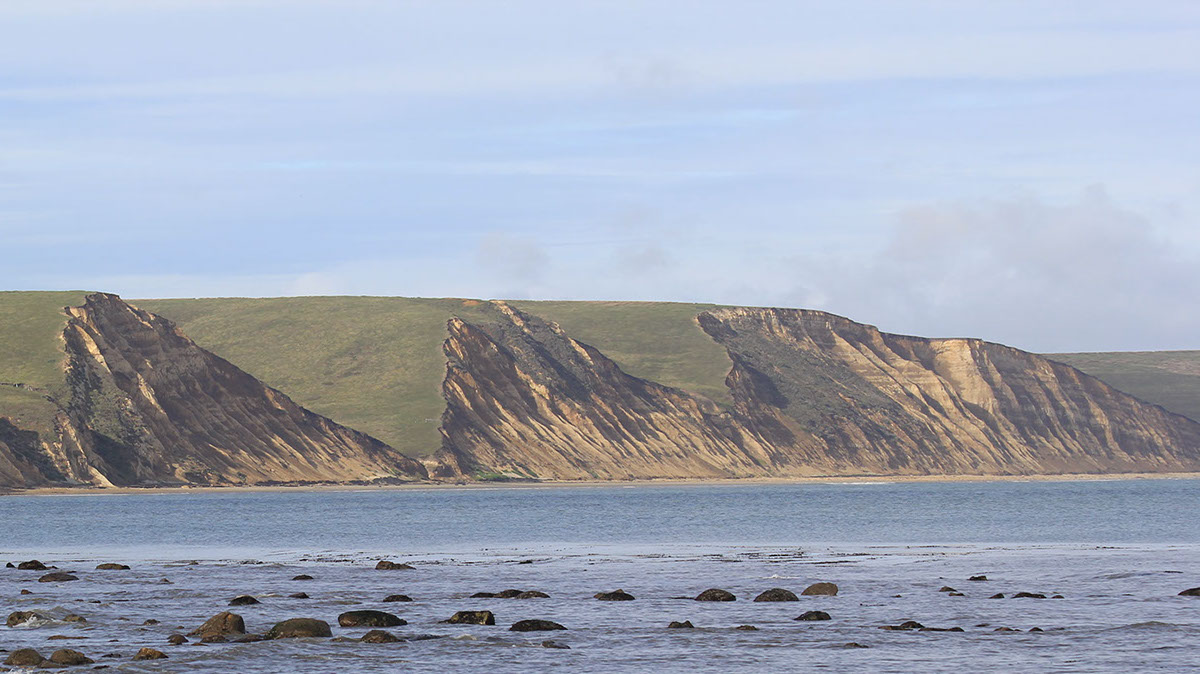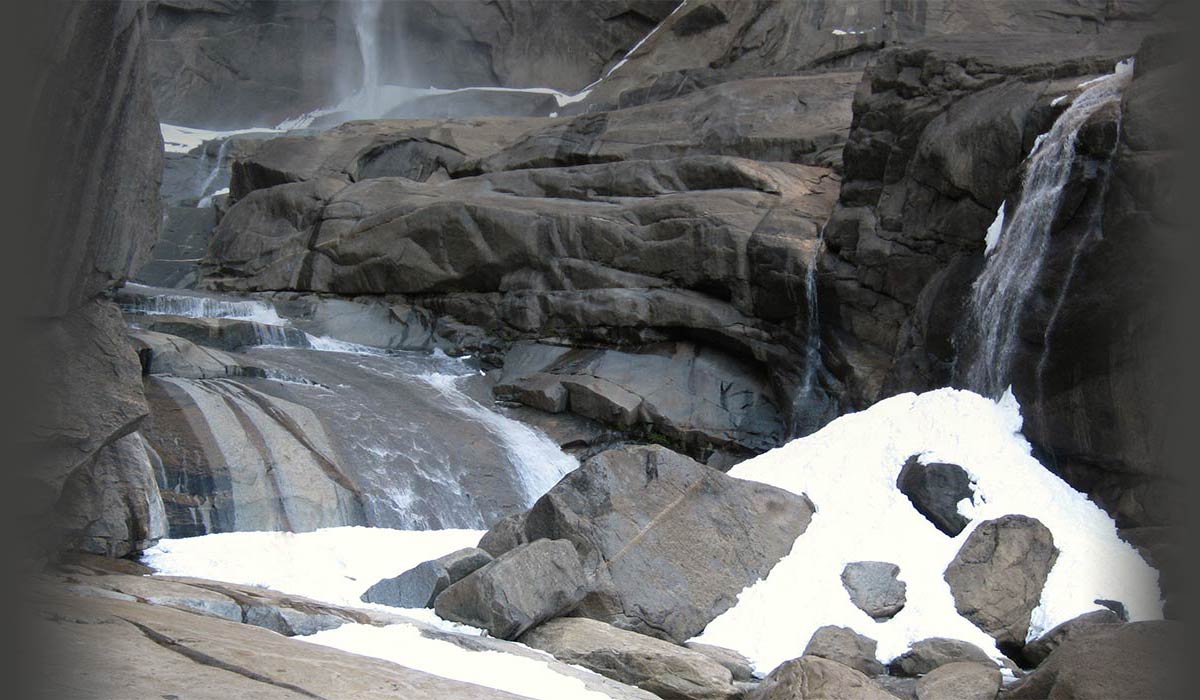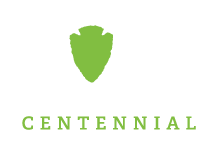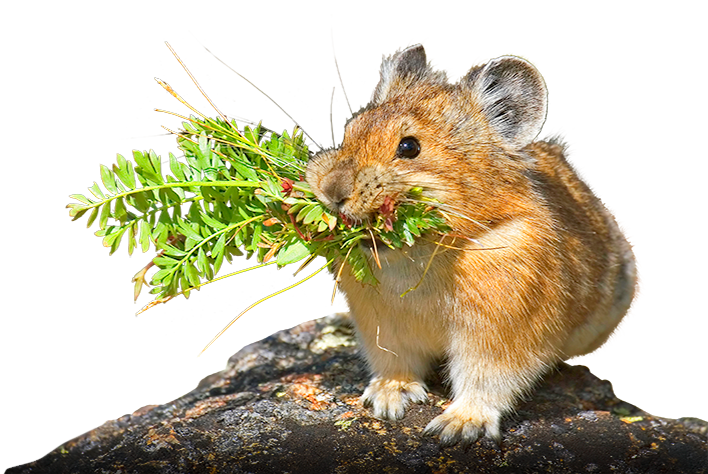National Park Service
Wilderness
Over 80 percent of all National Park Service lands are managed as wilderness—including deserts, alpine meadows, tundra, lava beds, swamps, rocky crags, and coasts.
These lands possess different wilderness characteristics. Qualities of wilderness character include a lack of modern development and opportunities for visitors to experience quiet and solitude.

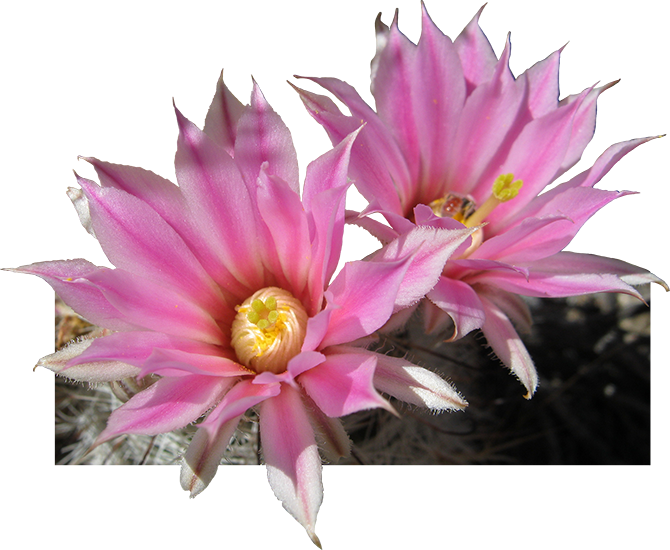
Death Valley Wilderness, Fishhook Cactus Death Valley National Park

Bridge Canyon Wilderness Lake Mead National Recreation Area
Denali Wilderness Denali National Park and Preserve
Theodore Roosevelt Wilderness, American Bison Theodore Roosevelt National Park

“I hope the United States of America is not so rich that she can afford to let these wildernesses pass by. Or so poor that she cannot afford to keep them.”
—Mardy Murie
Olympic Wilderness, Black Bear Olympic National Park
Glacier Bay Wilderness Glacier Bay National Park and Preserve
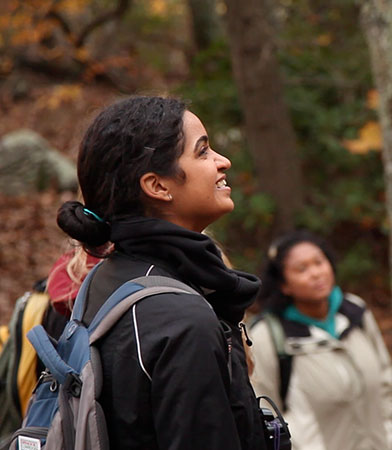
Shenandoah Wilderness Shenandoah NP
Webisodes: Wilderness Where You Live
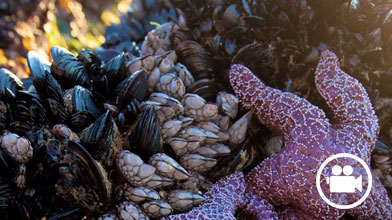
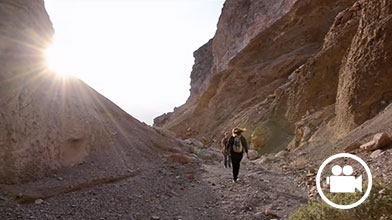
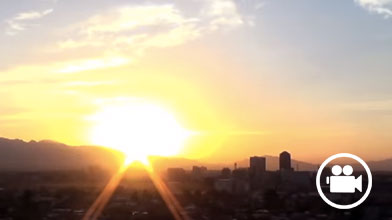
The Olympic Wilderness: If Wilderness Could Speak
Wilderness Hike: Death Valley
Join the Movement: Saguaro Wilderness
There are 110+ million acres of designated wilderness in the U.S. Find wilderness areas near you at: wilderness.net
Otis Pike Fire Island High Dune Wilderness,
Ruddy Turnstone at Fire Island National Seashore
On September 3, 1964, President Lyndon B. Johnson signed into law the Wilderness Act. This historic bill established the National Wilderness Preservation System and designated an initial 9.1 million acres of wilderness for the enjoyment and benefit
of the American people. This designated protection means you can have your own wilderness experience—from hiking on trails to exploring online videos on the
NPS Wilderness YouTube Channel.
Organ Pipe Cactus Wilderness Organ Pipe Cactus National Monument
“If future generations are to remember us with gratitude rather than contempt, we must leave them something more than the miracles of technology. We must leave them a glimpse of the world as it was in the beginning, not just after we got through with it.”
—President Lyndon B. Johnson, on the signing of the Wilderness Act of 1964
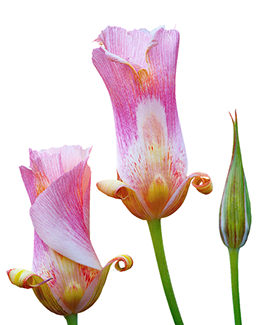
“The lasting pleasures of contact with the natural world
are not reserved for scientists but are available to anyone who will place himself under the influence of earth,
sea, and sky and their amazing life.”
—Rachel Carson, author of Silent Spring
Webisodes: What Does Wilderness Mean to You?
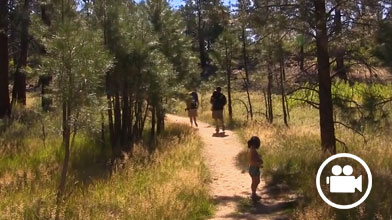
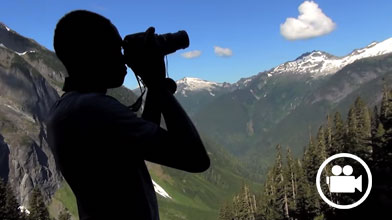

Pinnacles Wilderness, Mariposa Lily
at Pinnacles National Park
Family Time: Zion Wilderness
Experience the Awesome: North Cascades
Wilderness Song: Shenandoah
Alaskan Subsistence ›
Gates of the Arctic National Park and Preserve
Traces of human activity in Gates of the Arctic National Park and Preserve are subtle. However, archeological remains of villages and camps dot the landscape and show that for at least 12,000 years, people have called this place home. Subsistence activities continue today, and remain part of long traditions that have created strong spiritual and practical ties between people and the land.
Recreation and Solitude ›
Stephen Mather Wilderness North Cascades National Park
While motorized vehicles and equipment are not generally allowed in National Park Service wilderness, a network of walking trails, like those in North Cascades National Park, allow visitors to explore the beautiful and vast wilderness landscape. Whether you go out for a day hike or a long backpacking trip, the fresh air and views are sure to be worthwhile.

Connections to Our Past ›
Zion Wilderness Zion National Park
Cultural heritage resources in wilderness exemplify the evolving relationship between people and the land. Two 1920s cabins in Zion National Park’s wilderness are connected to early natural resources monitoring efforts. With public input, the park determined the cabins are part of the character of the Zion Wilderness and were restored through wilderness-appropriate techniques.

Environmental Education ›
Congaree National Park Wilderness Congaree National Park
People of all ages visit the cypress-rich Congaree National Park Wilderness to learn about the park’s natural and cultural history. Migratory bird sightings, plant identification, and kayaking are all possible wilderness experiences here.
Rocky Mountain Wilderness, American Pika at Rocky Mountain National Park
